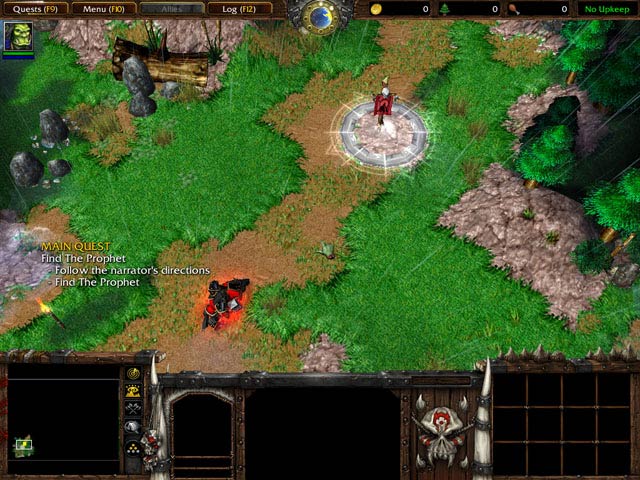Screen Change
The following terms were coined by the members of the WSGF to describe how different games behave on a widescreen monitor, when compared to a 4:3 monitor.
Hor+ (Horizontal Plus)
A hor + game is a game that when played on a widescreen monitor with a widescreen resolution, expands the horizontal component of the FOV while keeping the vertical component roughly or exactly the same. This is often considered the ideal solution for widescreen games, as it grants widescreen users a wider picture.
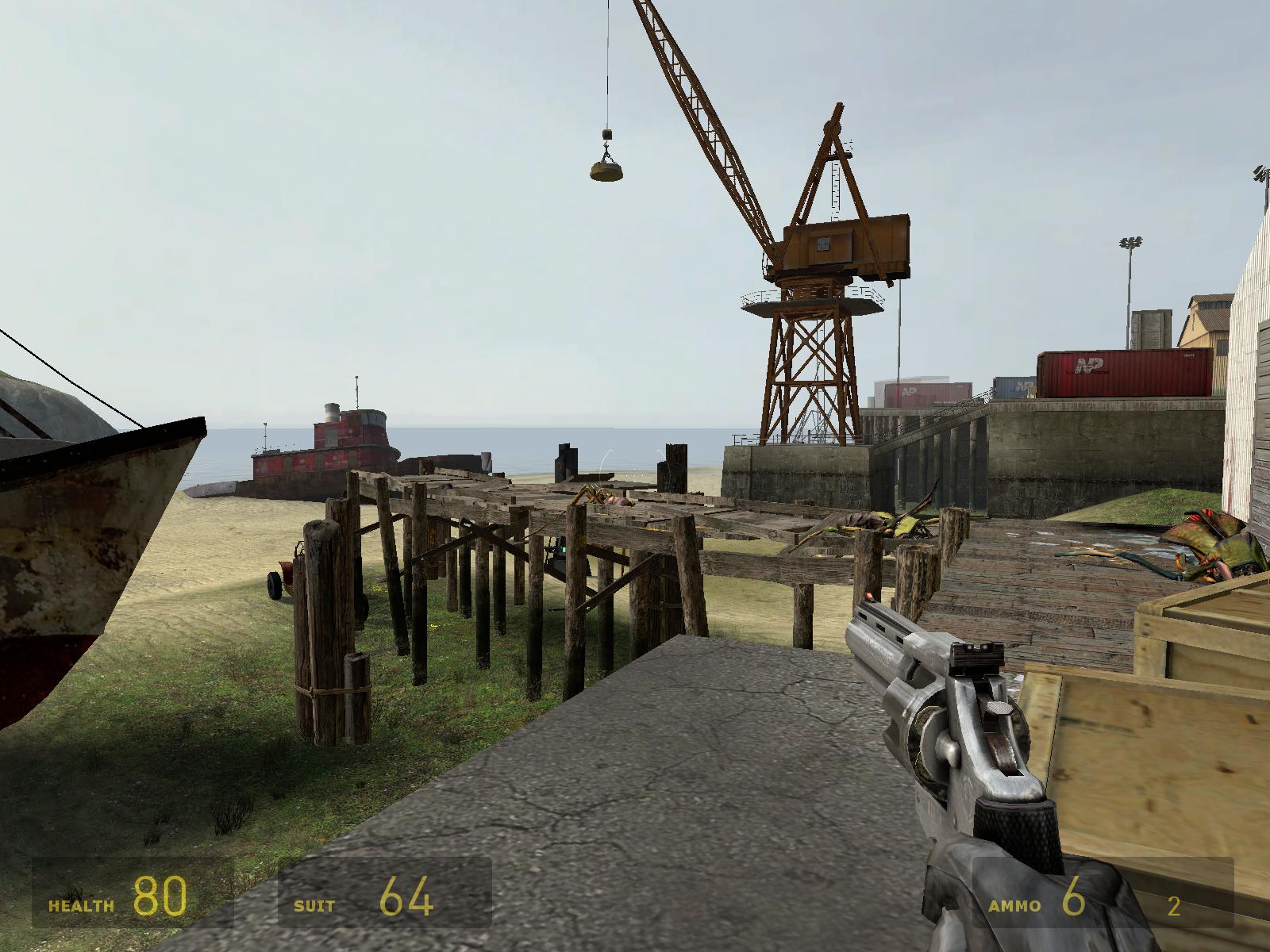
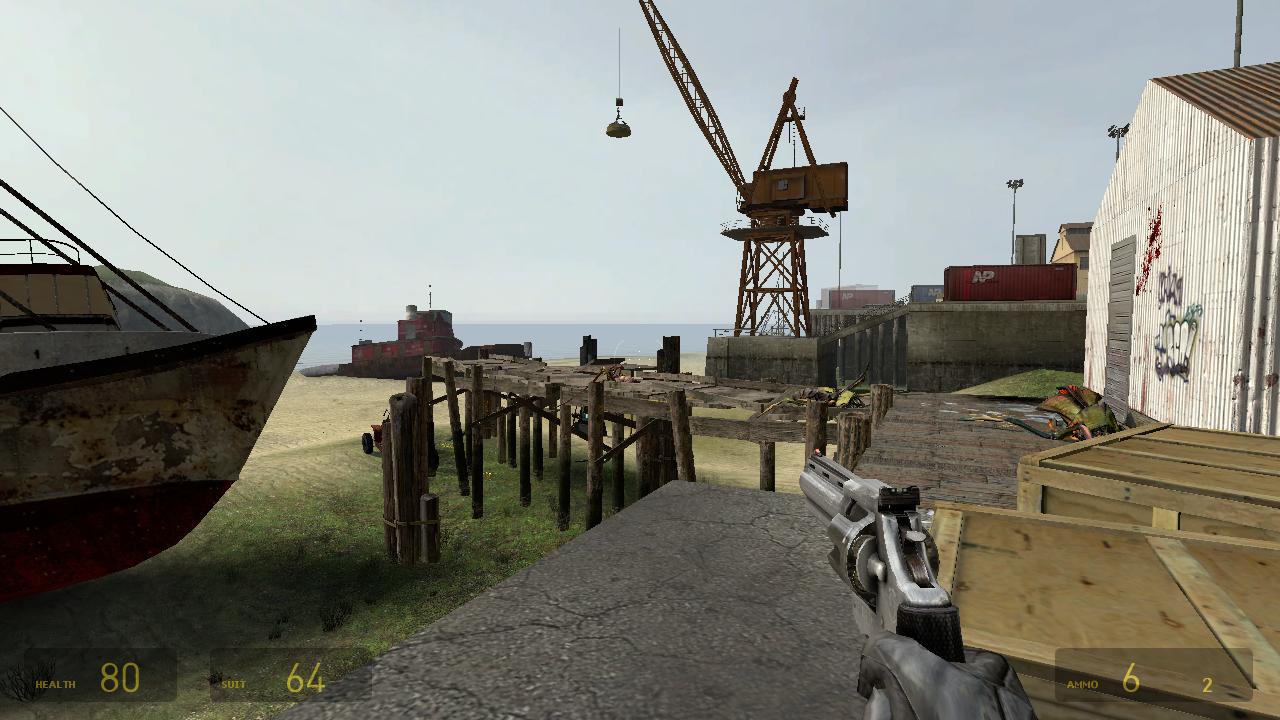
Vert- (Vertical Minus)
A vert - game is a game that when played on a widescreen monitor with a widescreen resolution, decreases the vertical component of the FOV. The aspect ratio is generally correct, there is little or no stretching or distortion. This is often unappealing to widescreen users, as it reduces the are of the picture available to them.
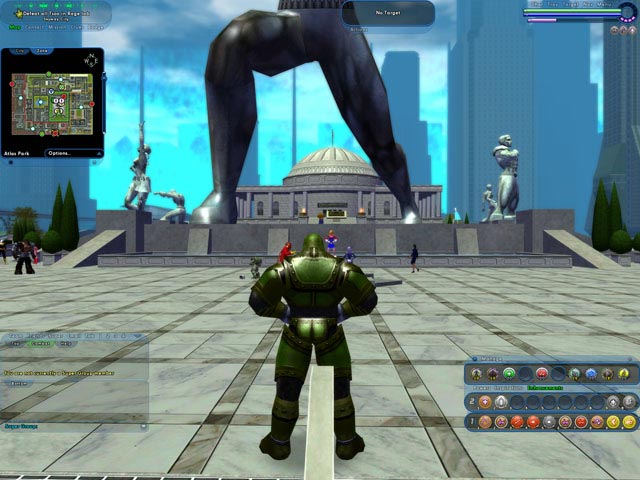
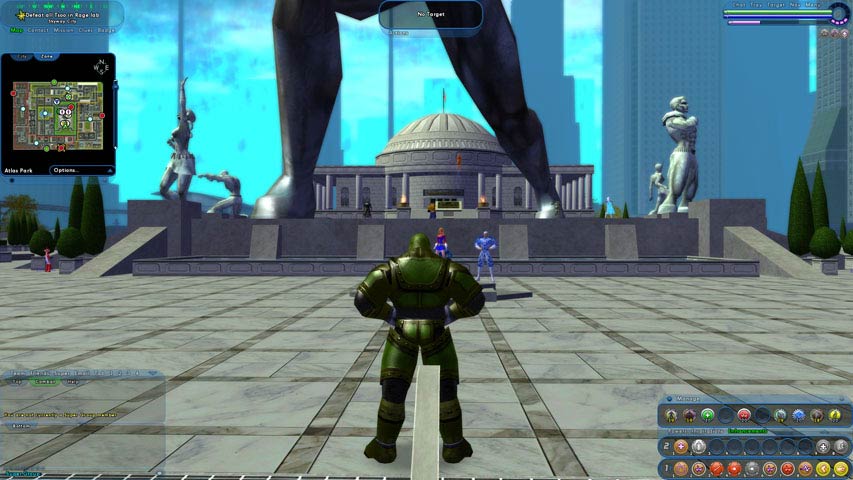
Static Aspect
Previously defined as Anamorphic on WSGF
Fixed to a static aspect ratio, with black bars above and below at a narrower resolution and on the sides at a wider resolution. This behavior is fairly common for cut-scenes in PC games, but very uncommon in proper gameplay of PC games.



Pixel-Based
Pixel based refers to a behavior that usually only appears in a number of 2D games. The horizontal component of the FOV is directly tied to the number of horizontal pixels, and the vertical component of the FOV is directly tied to the number of vertical pixels. The larger your resolution, the more the game will display. For example, 1280x800 will show more, both horizontally and vertically, than 1024x768. But 1280x1024 will show more vertically than 1280x800 while showing the same horizontally. And 1440x900 will show more horizontally than 1280x1024, but less vertically. Windows behaves this way.
Stretch
Stretch refers to a type of screen change where the 4:3 image is stretched across the widescreen display. In these games, the image is stretched (and distorted), even though a widescreen resolution is in use. This is due to a fixed FOV being forced. This causes images to stretch and objects to appear "fat." This is the poorest type of widescreen implementation.
